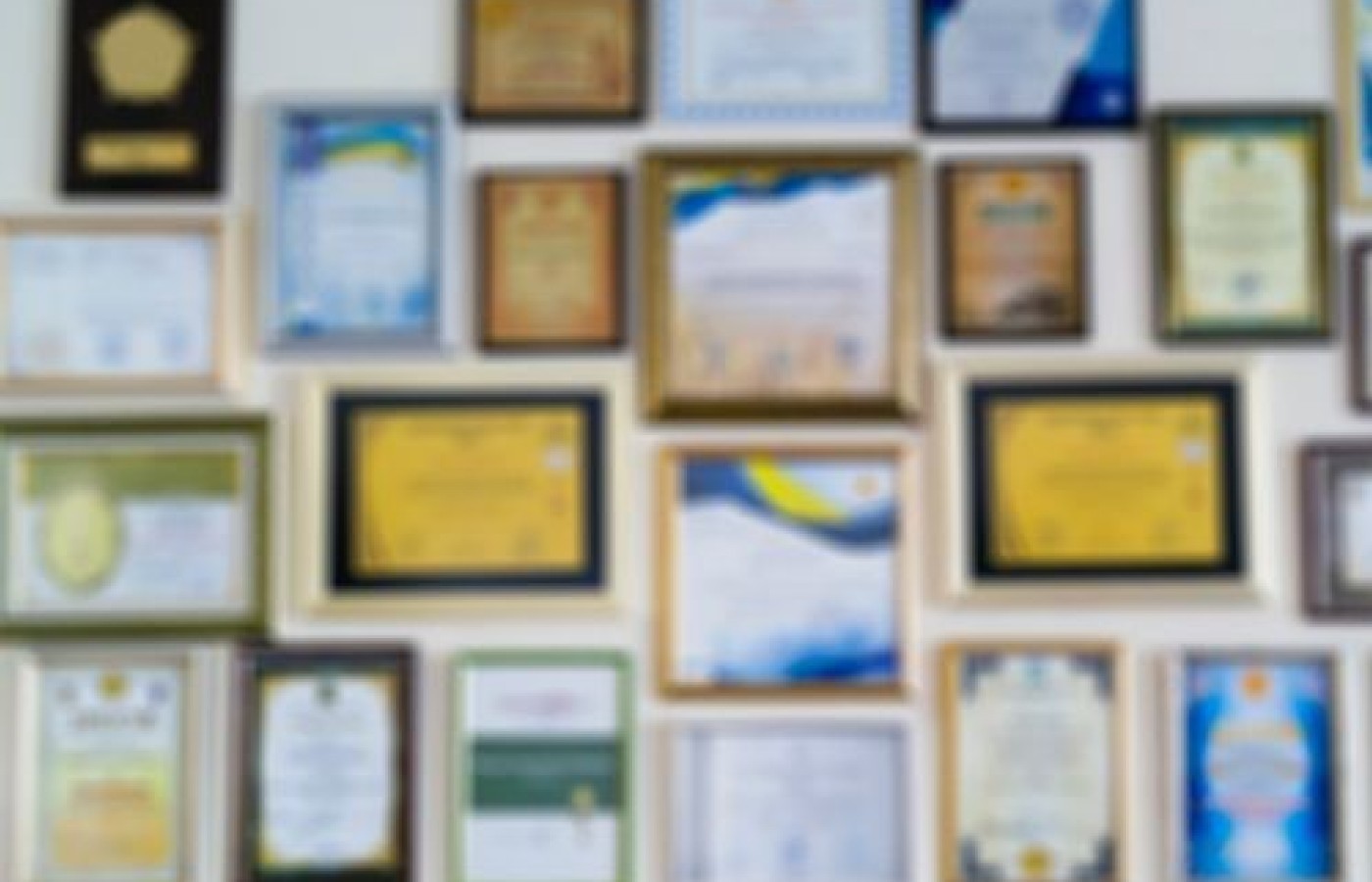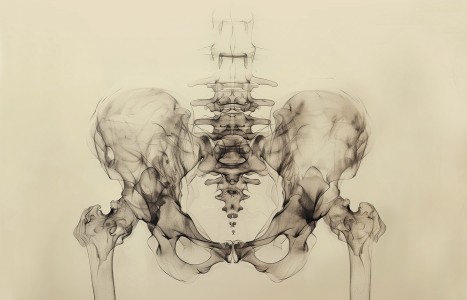People today want convenience, whether it be from their bank, credit card, favorite retail store, or restaurant. They demand it from the companies who hold their loyalty, including their health care providers (you). They don’t want to call and possibly be put on hold, and they want to use an app or schedule an appointment on your website. Here are three reasons your practice can gain by switching to online appointment scheduling.
Where Did You Say You Trained? The Importance of Verifying Credentials
Don't ever send me to an acupuncturist again, one of my buddies wailed during a pre-dawn call from Europe. I asked, did he hurt you? Use too many needles? Didn't listen? "None of that," she said. "He kept talking about my fat ass this. Fat ass that. He could barely speak English let alone German or French." Could she have misunderstood his pronunciation? "No way," she insisted.
As I didn't know that acupuncturist personally, I couldn't pick up the phone to chew him out for his insensitivity, and possible misogyny. I asked my buddy why on earth she hadn't called me for a direct referral to one of my colleagues? Why step into some unknown practice close to where she worked? I then advised her never, ever to make a random choice based on an assumption that a string of fancy initials and a "doctor" title implied proficiency. Alas her mistake is all too common.
Similarly, when I told someone I practiced Zen Shiatsu, he winced and backed away. "Don't even think about touching me," he shuddered. Turns out he booked an appointment with a practitioner who gave a long shopping list of "Asian specializations." She jumped on his back, knelt on his legs and nearly killed him. She had done a "weekend of training" on some beach in Hawaii with a "master" during the summer. I was appalled.
The Bad Experience

Whenever anyone talks about a "bad experience" in any form of Asian medicine, my first question is, "What were the practitioner's credentials? Were they certified? Licensed? Where did they train?" I'm stunned by the number of folks who never bother to ask, or bother to check diplomas on display. I think we have all experienced the best and the worst practitioners (in all fields of Western and Asian medicine) and it's up to us never to cease advising and educating clients, students and friends.
Pinned on my notice board is a wonderful card designed by artist, Rose Rigden showing a porcupine sticking a dozen quills into a client lying face down on a table. A Porcupuncture diploma hangs on the wall. The client asks, "where did you say you trained?" That says it all! Go Public!
When I supervised a shiatsu student clinic at AOMA, I made a point of planning a series of off-site clinics, not just for community service, but to go public, and take our work into new areas. We included:
- The TX School for the Blind and Visually Impaired, where we worked on the staff.
- A residential addiction rehab center, as part of a progressive program that involved art, meditation and yoga.
- A safe and secure center for battered women and kids.
- A local retirement center, where we gave chair work to a large group in a big circle one lively evening.
- And also the atrium cafeteria of a local hospital, St. David's North Austin Medical Center. We interacted at every possible level of the hospital dynamic, from surgeons to security guards, and from desk clerks to respiratory therapists, and from patients' families to pharmacists. They came in a steady stream. As the atrium is at the ground level core of the building, open to all the floors above, we were seen by everyone descending the stairs, coming or/off shift, or eating in the cafe. This symbolized our aim to be seen, to interact, and be open to endless curiosity. Quite a contrast to the days of my early training nearly four decades ago when folks thought Shiatsu was something to do with Shizu dogs.
Acupuncture & ABT
Re ABT, I encourage colleagues and teachers in schools of acupuncture to follow the example of AOMA and PCOM to teach more than a quick weekend in Tuina, Nuad Bo Rarn (Thai bodywork), Medical Qigong or Shiatsu, among others. In short, to think beyond a tossed salad of many forms.
It's not complex to give students the opportunity to complete the required minimum 500 hours of training to apply to the AOBTA as certified practitioners. Almost half those hours are covered already by the MSAOM program (such as Foundations, Meridian and Point Location, A&P, Tai Chi/Qigong, Ethics , Business, CPR/Safety.) All that needs to be added involves 160 hours of practical, progressive training from beginners to advanced levels, and 70 hours of supervised student clinic in one single ABT form. All details can be found on aobta.org.
Sure, quick introductions into different forms of ABT are useful as they prompt a student of acupuncture to deepen their experience and awareness of the importance of meridian activation, stretching, and point palpation prior to needling. Then they can claim to "integrate" certain techniques of ABT, and not that they "do" a string of forms. A long shopping list of "specializations" should be a red flag to all.
Hopefully brief introductions can encourage students to seek deeper training in one of those forms to a professional level. The advantage? Students can complete their ABT training and start a practice as AOBTA CPs before they complete their MSAOM, giving them clinical experience months ahead of applying for their license.
Texas and Tuina?
In Texas, Tuina is not covered by an acupuncture license. Some years ago certain licensed acupuncturists were doing neck and back adjustments as "Tuina," to the outrage of chiropractors. Resulting in an order from the Texas Attorney General that "Tuina was no longer part of Acupuncture."1 Bottom line, those who seek to practice Tuina in Texas need to be AOBTA certified.
Yes it is serious. A few years ago I had to go out to bat for a newly minted acupuncturist after the board threatened to pull her license because she advertised her Tuina practice but forgot to add she was AOBTA certified. I supplied all the necessary documentation and found a pro bono lawyer to handle her case. Thankfully we helped her retain her license.
Requirements differ from state to state re the legal practice of ABT. A good compromise in those states that require all bodyworkers to become LMTs, is for practitioners to sit for the MBLEx (Massage and Bodywork) exam.
I have fought to keep ABT out of massage laws in Texas, arguing the huge differences in scope of practice, technique, training and intention, between Swedish massage and ABT. I have the advantage of certification in both when I argue the point at public and legislative levels.
Mopping up Confusion
Alas confusion is stirred by the proliferation of so called "Asian Spas" such as those recently closed down in Florida after a sting operation.2 I spent time with the Austin P.D. Vice squad and shared a useful AOBTA checklist enabling officers to tell the difference between a professional clinic and a "suspect" front involving trafficked and exploited workers. I gave a similar briefing to the team at the Texas Department of Licensing and Registration (TDLR).
Our checklist advises officers or investigators to suspect any outfit claiming "Oriental massage" or "Asian massage," or similarly unprofessional terms we summarize as "lotus lips specials." Wherever possible we all seek safe havens for survivors of trafficking. Our efforts to educate, brief, and inform will continue on every possible level.
References



